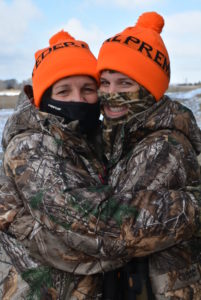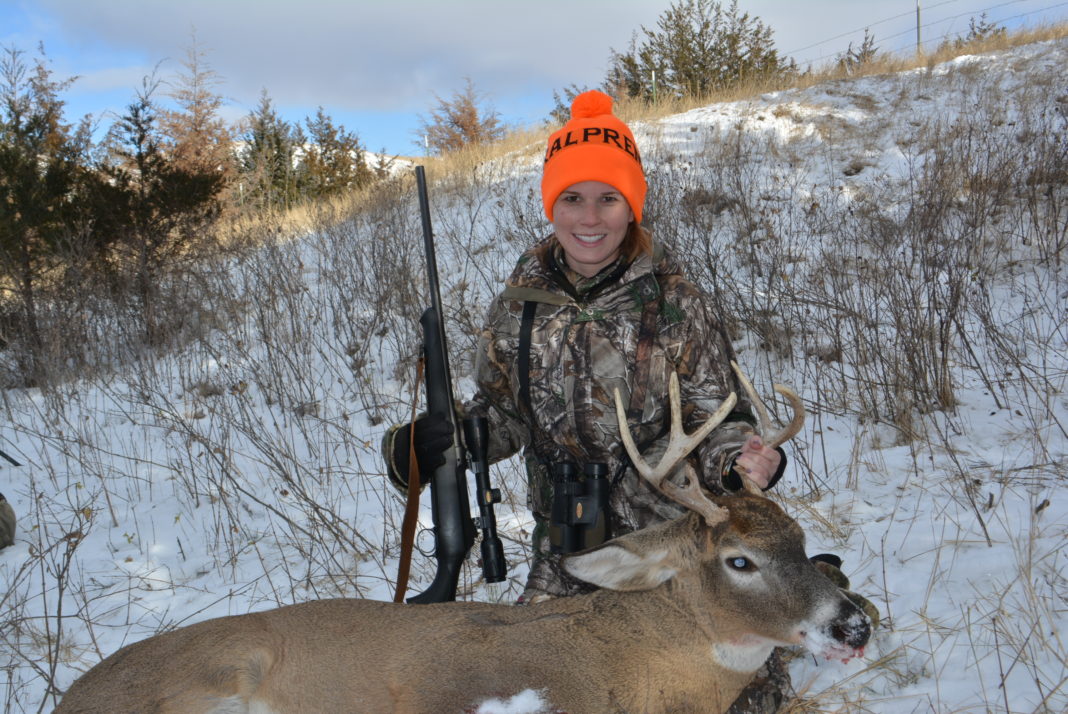Late season can be one of the most successful times of the year to hunt. There are still big bucks out there roaming around, looking for does, just not as aggressively as during the main rut. Best of all, many hunters have hung their guns or bows for the season and are watching football allowing the deer woods to settle down and game to return to normal travel patterns almost like in early season. If you have the ability to hunt in snow cover, the mystery of deer travel can be solved by burning shoe leather in deer country and locating trails and deer concentrations. Deer often bunch up in late season so if you can’t find tracks in the snow where you think they should be, keep looking and soon you’ll find the honey hole. If deer are in prime condition in your area, and most are, about half of yearling fawns will breed in late season and bucks will be on the prowl looking for them. Don’t be surprised if you find rubs and scrapes in the snow in December and early January as this late rut activity plays out. Where you find does, you will likely find bucks so the key to hunting success is finding deer that will be focused on food sources. Those acorn flats that torn up in October will be revisited and standing crops like

soybeans or corn are an absolute magnet. Winter wheat is a prime attractant as well. Deer will bed when the weather gets nasty, yet will move regularly in cold temperatures, elements that can make long sits on a stand difficult. Many late season hunter focus on the evening sit, arriving on a stand in early afternoon and manage the last hours of daylight in relative comfort. The advent of snow may allow you to slip silently into a sand site between bedding and food sources just as in early season. Movement burns energy for deer in late season, so don’t be surprised if they bed closer to food than usual. Focus on southern slopes where they can take advantage of the sun’s rays and be sheltered from bitter northwest winds. Michael Hanback lays out a three-point strategy for late season in the Realtree post and will get you headed in the right direction.
The late season is a great time to tag a deer. So man, what are you waiting for? If you’ve still got the green light in your state, here are three solid ways to score on winter whitetails.
1. Take a Stand
It’s the post-rut and you know what that means. Bucks disappear. Where do they go? Well, nowhere really. Gaunt and weary from chasing does and eluding hunters for weeks, the survivors hole up in cover near food sources and curtail their movements. You can’t set a stand in a funnel or along a doe trail in open woods like you did back in the rut and expect a good buck to cruise by. No, now you should shoot for a tighter, thicker setup.









![The Best Deer Camp Chili [VIDEO] Deer Chili Ingredients, Tomatoes, Chili Spices](/wp-content/uploads/2015/10/Deer-Chili-Deer-Camp-Recipe-218x150.jpg)








![How to Call Elk Early in the Season [VIDEO]](/wp-content/uploads/2016/08/byers003-218x150.jpg)




![Idiots Disturb Hunter: How Would You Have Handled It? [VIDEO]](/wp-content/uploads/2015/10/DSC00110-e1474487693878-100x70.jpg)
![Albino Buck Shocked to Shed His Antlers [VIDEO]](/wp-content/uploads/2015/10/AlbinoDeer-100x70.jpg)